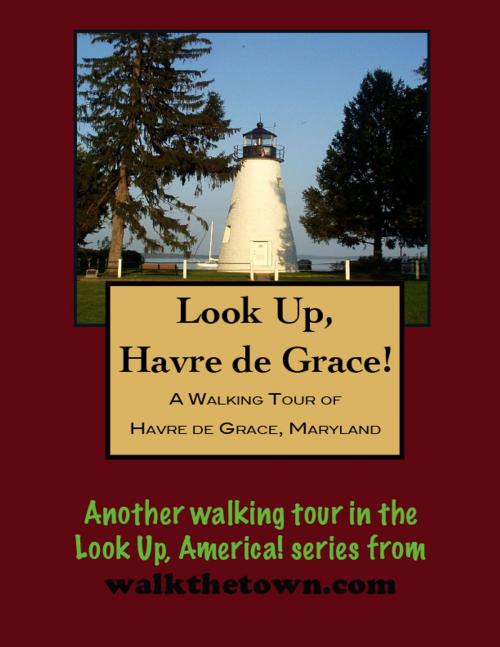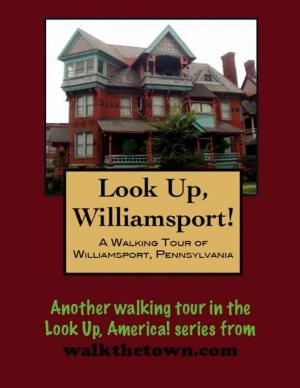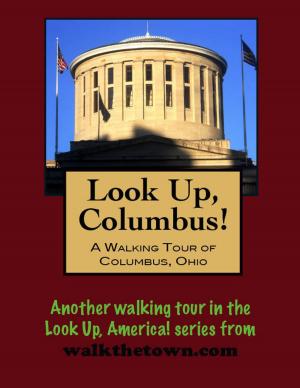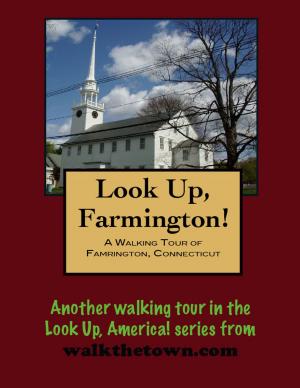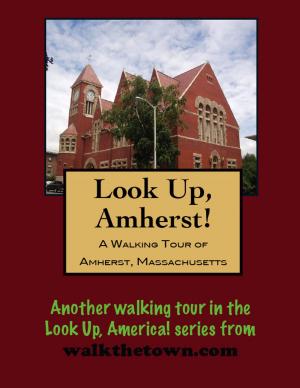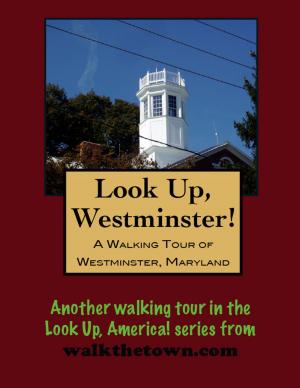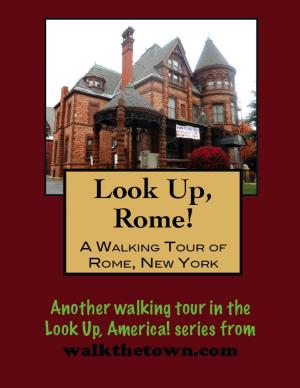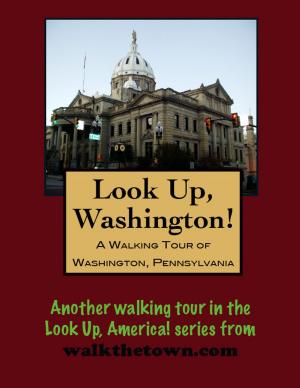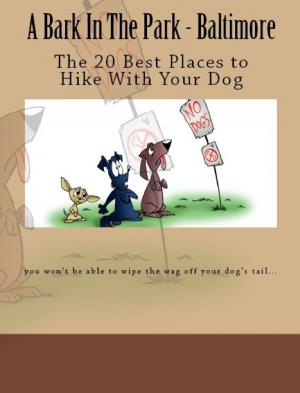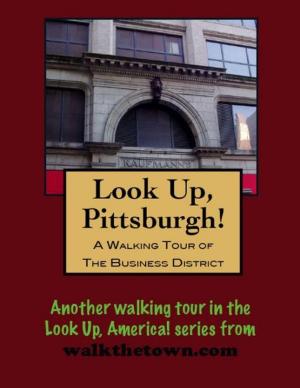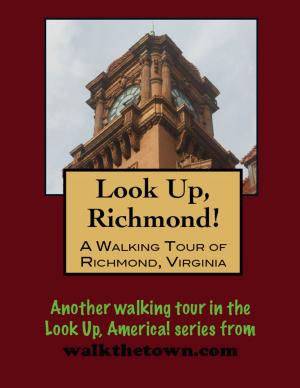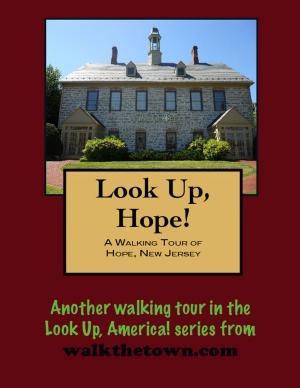| Author: | Doug Gelbert | ISBN: | 9781458181879 |
| Publisher: | Doug Gelbert | Publication: | March 4, 2011 |
| Imprint: | Smashwords Edition | Language: | English |
| Author: | Doug Gelbert |
| ISBN: | 9781458181879 |
| Publisher: | Doug Gelbert |
| Publication: | March 4, 2011 |
| Imprint: | Smashwords Edition |
| Language: | English |
There is no better way to see America than on foot. And there is no better way to appreciate what you are looking at than with a walking tour. This walking tour of Havre de Grace, Maryalnd is ready to explore when you are. Each walking tour describes historical, architectural landmarks, cultural sites and ecclesiastic touchstones and provides step-by-step directions.
Every tour also includes a quick primer on identifying architectural styles seen on American streets.
In 1608, Captain John Smith became the first European to see the Susquehanna River, which in the Indian language meant “river of islands.” The City of Havre de Grace traces its origin to the day in 1658 when settler Godfrey Harmer purchased 200 acres of land that he called Harmer’s Town. TIn 1695, the Lower Susquehanna Ferry made its first crossing of the river from Harmer’s Town; it continued to operate for 170 years.
During the Revolutionary War this small hamlet was visited several times by General Marquis de Lafayette who noted in his diary on August 29, 1782: “It has been proposed to build a city here on the right bank and near the ferry where we crossed. It should be called Havre de Grace.” Three years later the town was incorporated and heeded his suggestion to become the “Harbor of Grace.” With its strategic perch on the waters of the Chesapeake Bay and its position near the center of the original 13 colonies, Havre de Grace was very seriously considered as the site of America’s new national capital but lost out to the Potomac River site by only one vote. As a result of that near brush with fate, many of the streets bear names such as Congress, Washington, Lafayette, Franklin, Revolution, et al. Havre de Grace boasts another early connection to Washington D.C., this one less dubious. Both were burned and laid waste by the British during the War of 1812. When the British sailed away after May 3, 1813 only two houses and the Episcopal Church had been spared.
In 1839 the Susquehanna & Tidewater Canal was completed on the Havre de Grace side of the Susquehanna River, boosting the town’s commercial fortunes. By mid-century, though, the railroad was usurping the ferry/canal in transportation importance, and a major shift in the town’s economic pattern began. Fish packing houses, ice plants, and a feed mill dotted the shoreline.
But what put Havre de Grace on the national radar was thoroughbred horses. The Havre de Grace Racetrack opened in 1912, when pari-mutuel betting was not legal in New Jersey, New York or Connecticut. Excursion trains brought loads of gamblers to “The Graw” every day. With the coming of Prohibition, the town developed a reputation as a “Little Chicago.” The track one of the best and most frequented race tracks in America and top stakes races attracted legendary horses like Man O’ War and Seabiscuit. Triple Crown Winner Citation was beaten here in the mud in April 1948 - his only loss. The Graw would make racing history only a little longer; it closed in 1950 and the grounds are now used by the National Guard. For the next few decades, Havre de Grace was suspended in a quiet slumber, bypassed by suburbanization. The railbirds were replaced by those hunting birds, infusing the Havre de Grace economy with sportsmen from up and down the East Coast coming to the town for the waterfowl. Watermen made their living hunting duck in sink boxes, shooting hundreds in a single day, and loading them on the morning trains for the restaurants and hotels in Philadelphia. Their life, and this period are preserved at the Decoy Museum on Giles Street.
Our walking tour of this water-influenced town will begin at the edge of the Chesapeake Bay in the small Hutchins Memorial Park where parking is as available as the long water views...
There is no better way to see America than on foot. And there is no better way to appreciate what you are looking at than with a walking tour. This walking tour of Havre de Grace, Maryalnd is ready to explore when you are. Each walking tour describes historical, architectural landmarks, cultural sites and ecclesiastic touchstones and provides step-by-step directions.
Every tour also includes a quick primer on identifying architectural styles seen on American streets.
In 1608, Captain John Smith became the first European to see the Susquehanna River, which in the Indian language meant “river of islands.” The City of Havre de Grace traces its origin to the day in 1658 when settler Godfrey Harmer purchased 200 acres of land that he called Harmer’s Town. TIn 1695, the Lower Susquehanna Ferry made its first crossing of the river from Harmer’s Town; it continued to operate for 170 years.
During the Revolutionary War this small hamlet was visited several times by General Marquis de Lafayette who noted in his diary on August 29, 1782: “It has been proposed to build a city here on the right bank and near the ferry where we crossed. It should be called Havre de Grace.” Three years later the town was incorporated and heeded his suggestion to become the “Harbor of Grace.” With its strategic perch on the waters of the Chesapeake Bay and its position near the center of the original 13 colonies, Havre de Grace was very seriously considered as the site of America’s new national capital but lost out to the Potomac River site by only one vote. As a result of that near brush with fate, many of the streets bear names such as Congress, Washington, Lafayette, Franklin, Revolution, et al. Havre de Grace boasts another early connection to Washington D.C., this one less dubious. Both were burned and laid waste by the British during the War of 1812. When the British sailed away after May 3, 1813 only two houses and the Episcopal Church had been spared.
In 1839 the Susquehanna & Tidewater Canal was completed on the Havre de Grace side of the Susquehanna River, boosting the town’s commercial fortunes. By mid-century, though, the railroad was usurping the ferry/canal in transportation importance, and a major shift in the town’s economic pattern began. Fish packing houses, ice plants, and a feed mill dotted the shoreline.
But what put Havre de Grace on the national radar was thoroughbred horses. The Havre de Grace Racetrack opened in 1912, when pari-mutuel betting was not legal in New Jersey, New York or Connecticut. Excursion trains brought loads of gamblers to “The Graw” every day. With the coming of Prohibition, the town developed a reputation as a “Little Chicago.” The track one of the best and most frequented race tracks in America and top stakes races attracted legendary horses like Man O’ War and Seabiscuit. Triple Crown Winner Citation was beaten here in the mud in April 1948 - his only loss. The Graw would make racing history only a little longer; it closed in 1950 and the grounds are now used by the National Guard. For the next few decades, Havre de Grace was suspended in a quiet slumber, bypassed by suburbanization. The railbirds were replaced by those hunting birds, infusing the Havre de Grace economy with sportsmen from up and down the East Coast coming to the town for the waterfowl. Watermen made their living hunting duck in sink boxes, shooting hundreds in a single day, and loading them on the morning trains for the restaurants and hotels in Philadelphia. Their life, and this period are preserved at the Decoy Museum on Giles Street.
Our walking tour of this water-influenced town will begin at the edge of the Chesapeake Bay in the small Hutchins Memorial Park where parking is as available as the long water views...
